Tactile journey through the shapes and colours of Josef Albers
Castelgrande, Sala Arsenale, Bellinzona
28 September 2019 – 19 January 2020
Josef Albers was convinced that the perception of an artwork was the fruit of an individual effort to forge a relationship with it. By retracing its forms, the viewer reconstructs the work, learning, literally, «to open his or her eyes». The tactile itinerary Vedere con le mani (Seeing With Your Hands) is inspired by this experiential approach and explores the potential of an exhibition accessible to everyone, in particular visually impaired visitors. Tactile reproductions of certain works introduce a new way of learning about compositional structures and forms, charts and practical exercises on color highlight the relativity of optical perception, and the sensory corridor offers an opportunity for experimentation,
in the dark, with materials typical of Albers‘s research. Audio and visual documentation is also available to help visitors familiarize themselves with this new, sensory-based method of learning about and accessing abstract art.
Tooteko has reproduced two of the artist’s paintings, trying to communicate to everyone, even the visually impaired, his compositional intentions and the effects of colours and light/dark paintings on canvas. Although Albers’ hand is evident in both compositional exercises, the chromatic and geometric research as well as the objectives are radically different.
In “Rhomboid in red” the author plays with the shades of red to create contrasts between light and shadow, compressions and dilations, full and empty. These optical suggestions have been translated into this tactile panel using a printing technique called Océ Touchstone. The subject has been converted into grayscale allowing to differentiate the white/light parts from the black/dark ones and to assign them different thicknesses. The result is a tactile map that highlights the artist’s geometries, textures and brushstrokes in a relief that respects the original colors of the painting.
The technique used is Canon’s Océ Touchstone relief printing.
In “Familiar Front” Albers exploits the geometry, composition and juxtaposition of colors on the board, creating an optical effect that deceives the viewer. In fact, although not evident, each colour is present on the same surface as the others.
The relief representation is conceived as a geometric decomposition of the original work. The four colours are isolated in order to appreciate their geometry and distribution on the canvas. The same can be perceived and recognized thanks to the differences in thickness within the recomposed painting, which as in a puzzle can be appreciated in its entirety.
The panel is made of wood and acrylic colours.
The challenge of translating these visual suggestions into multisensory experiences has become an opportunity to interpret the sensations and perceive details that would be invisible to the eyes, not only to the blind, but to all in the perspective of Design For All.










